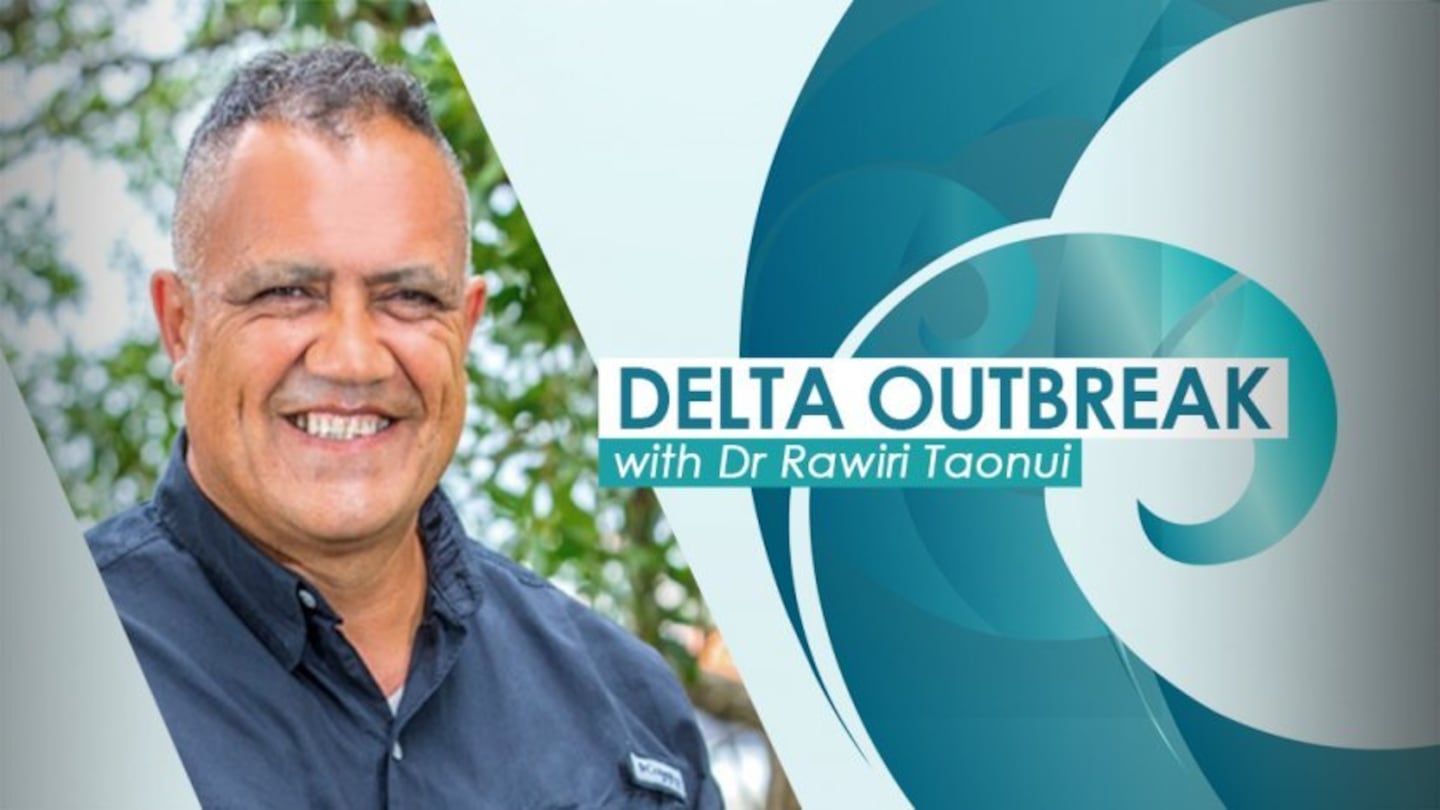Yesterday, there were 24 new cases in the Delta outbreak. The total number of cases is now 1,050. Thirteen people are in hospital care and four in ICU. Recovered cases rose to 688; active cases dropped to 362.
Just over 78% of age-eligible Aucklanders have received at least one vaccination. Last night, the Ministry of Health notified three new cases in the Waikato. Associated with the case in Mt Eden Prison, the Ministry will add them to today’s total.
Alert level risks
Today, the government is to announce whether Auckland will move to Alert Level 3. Moving from Level 4 has risks. The ministry and Auckland Public Health Service are doing a tremendous job to corral the outbreak.
However, the regular daily announcing of 10 to 30 new cases, the number of unlinked cases (12 over the last 14 days) and subclusters (3), and new cases in the Waikato indicate Delta remains mobile and the tail of the outbreak longer and stronger than expected.
The ministry and Public Health Service need to confirm the extent of cases in the Bay of Plenty and Waikato before the government takes a Level 3 decision. There is already significant risk with thousands of essential workers crossing the Auckland border each day.
The investigation around the truck driver who travelled to Tauranga, Matamata, and Hamilton, is tracking well with 80 of 140 contacts returning a negative test.
The investigation into the Mt Eden Prison case is just beginning. He spent time in the Thames area and has links to the Waikato cases.
Significant risk
The number of active Delta and border cases in managed isolation and quarantine (MIQ) presents a significant risk.
Numbers have nearly halved from a high of 770 to 394 yesterday, the first time they have been under 400 since the outbreak began.
While the decline is encouraging, the numbers still constitute an elevated risk, 10 border/MIQ breaches this year all occurring when the average number of active cases per day each week exceeded 30. New Zealand is now into the fifth week of managing well over 320 cases per day in MIQ.
Auckland will shortly pass 80% of the population having received at least one dose of the vaccine. This is not a benchmark for moving to Level 3.
With 20% of the eligible population unvaccinated, under 12 years old ineligible for the vaccine, and half of the 80% having had one shot of the Pfizer-BioNTech vaccine, which affords much less protection (30% to 65%) than two doses (75% to 90%), the single-dose 80% target protects only half of the Auckland population.
First wave 2020
Comparing the alert level shifts for the last year’s first wave tells us that Auckland should remain at Alert Level 4.
New Zealand went into an Alert Level 4 lockdown on March 25. The country moved to Alert Level 3 on April 27 after eight days with an average of six new cases per day (47 in total).
Compare that to the 149 new cases over the past eight days of the Delta Outbreak, an average of 19 cases per day, and a move to Level 3 is premature.
Maori and Pacific communities will be most at risk if Auckland goes to Level 3. Delta made huge inroads into the Pacific peoples community earlier in the outbreak.
Nine days ago, Māori were the highest number of cases for the first time in the outbreak. Māori have topped new cases four more times since.
Māori and Pacific peoples at risk
Last week Māori passed the totals of the Asian and Pākehā communities. Yesterday, the cumulative nine-day Māori and Pacific totals equalised at 76 each. Māori and Pacific are 88.8% of all new cases since September.
Māori vaccination is improving given mobile units and other innovative strategies. However, Māori remain significantly behind other communities.
Misinformation is widespread. There are issues over navigating online systems and travel. In much of the North Island, the vaccination of 20- to 34-year-olds is 40% to 50% of other communities.
A review of internal district health board reports shows the fraction-based colour-coded public information on the Ministry website is complex, obtuse, and difficult to follow while the internal number and percentage-based DHB data is simpler but private.
The internal data also shows a clear differential between higher vaccination in areas where there is access to Māori health providers and lower rates where there is not.
Māori trust Māori providers. Mainstream providers perform poorly in Māori communities.

